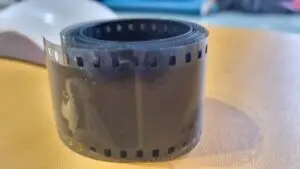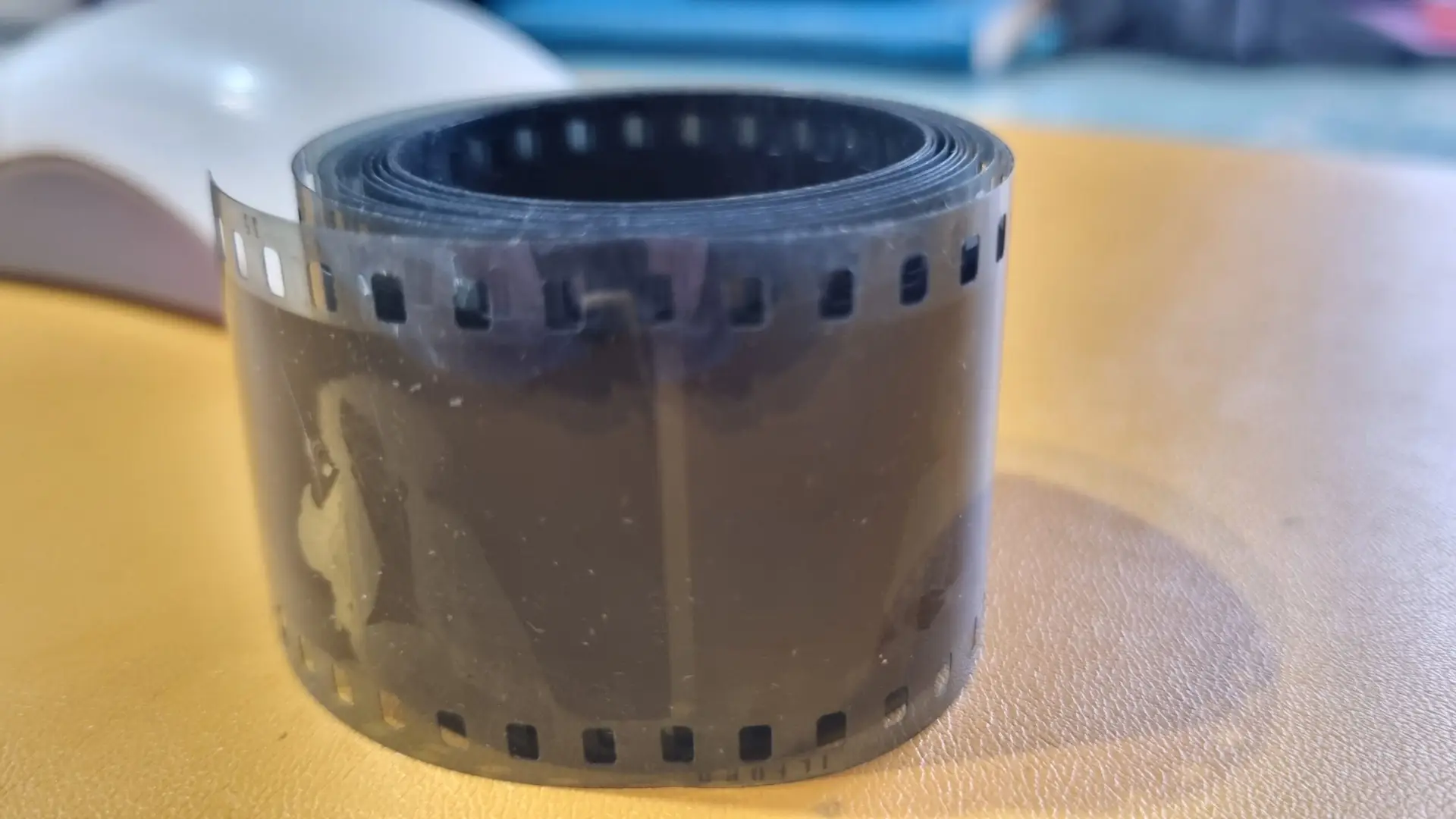


Negative photos are reverse-tone images used in traditional photography to create positive prints. The light and dark areas of the scene appear inverted. This reversal is critical in developing photographs from film.
The term “negative” in photography refers to the inversion of tones in a film image. Bright parts of a scene, such as skies or light clothing, appear dark on the film, while shadows show up as bright. This occurs because photographic film reacts chemically to light exposure, creating an opposite representation of the original subject.
The use of negative photos dates back to the 1830s, when William Henry Fox Talbot pioneered the calotype process. His method involved producing paper negatives from which multiple positive prints could be made, a major advancement over the one-off daguerreotype. By the late 19th century, glass plate negatives and eventually film negatives became standard.
📊 Expert Insight “The biggest lesson in photography is that from negative we make a positive”, according to FilmShootersCollective.
Photographic film is light-sensitive. When exposed to light, it captures light intensity at each point. The more light hits the film, the darker that spot becomes after developing. This reversal is why light areas of your subject look dark on a negative photo, and vice versa.
Positive prints are made by projecting the negative image onto light-sensitive photographic paper. This step reverses the tones back to their original state. In the darkroom process, precise timing and controlled lighting are crucial to maintain accurate exposure.
Creating a direct positive was technically difficult and impractical in early photography. Negatives allowed for multiple high-quality copies, while direct positives—such as Polaroids—offered no room for correction or replication. Moreover, film negatives retain more detail in shadows and highlights, essential for professional results.
📷 Expert Insight “film negatives generally have a wider dynamic range compared to many digital cameras, especially when considering older or more basic digital sensors. Dynamic range refers to the range of light intensities a sensor or film can capture without clipping (losing detail in shadows or highlights). Film negatives, particularly colour negative film, can capture a wider range of light levels, often between 12 to 18 stops, compared to many digital cameras, which might average around 14 stops” Analog Cafe
While digitising negative photos at home may seem cost-effective, it often proves inefficient. Issues such as improper resolution, colour correction errors, and dust contamination can result in inferior digital copies. Negative scanning requires specialised equipment and technical knowledge, which average flatbed scanners and phone apps simply can’t replicate.
Working with an expert ensures accurate, high-resolution digital files that preserve your photo legacy.
🛠️ Expert Insight “A flatbed scanner won’t capture film grain or tonal range. Professional-grade scanners do.” — Family Tree
Identifying different types of negative photos can help you understand their origin, value, and how best to digitise them. There are several formats:
Recognising these types ensures appropriate handling and scanning, preserving the original quality of your cherished photographs.
Once your negative photos have been scanned and converted to high-quality digital files, a world of creative and practical uses opens up.
| Project Idea | Description |
|---|---|
| Photo Book | Turn digitised photos into elegant albums |
| Wall Art | Print enlargements or canvas art from negatives |
| Family History Archive | Create detailed family trees with visuals |
| Memorial Videos | Include digitised images in tribute presentations |
| Digital Collages | Mix old and new visuals for artistic effects |
When the Saunders family discovered a shoebox of negative photos from the 1940s, they turned to Supaphoto Ltd to digitise them. Many frames were fading and fragile. The digitised results allowed them to create a family archive and printed book gifted to their grandmother’s 90th birthday. Without expert help, these memories may have been lost.
Whether you’ve inherited a family collection or discovered rolls of forgotten film, it’s time to act. Supaphoto Ltd makes it easy to preserve and share your memories from negative photos.📨
Ultimately, working with a professional digitisation company like Supaphoto Ltd ensures that your negative photos are preserved with care, precision, and quality that DIY efforts can’t match. Their professional scanners are calibrated for colour accuracy, removing dust, correcting tone, and saving files in multiple archival formats.
While cheap alternatives may save you pennies, they risk losing irreplaceable memories. Supaphoto’s team guides you through the process, offering convenience, expert care, and secure handling of your cherished negatives. With thousands of satisfied customers, they remain the UK’s go-to provider for photographic preservation.
Don’t wait. Bring your past to life—digitally and beautifully — with Supaphoto Ltd.